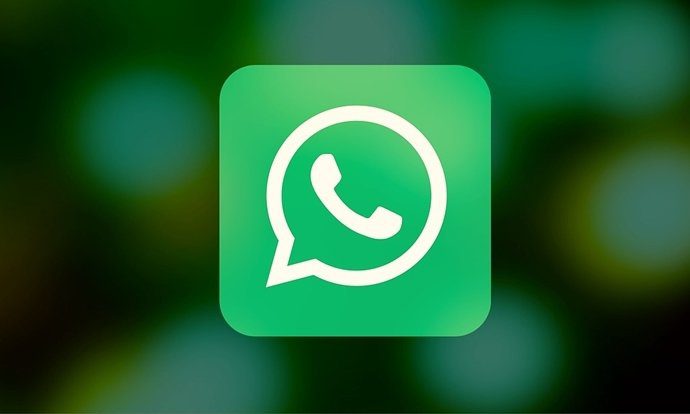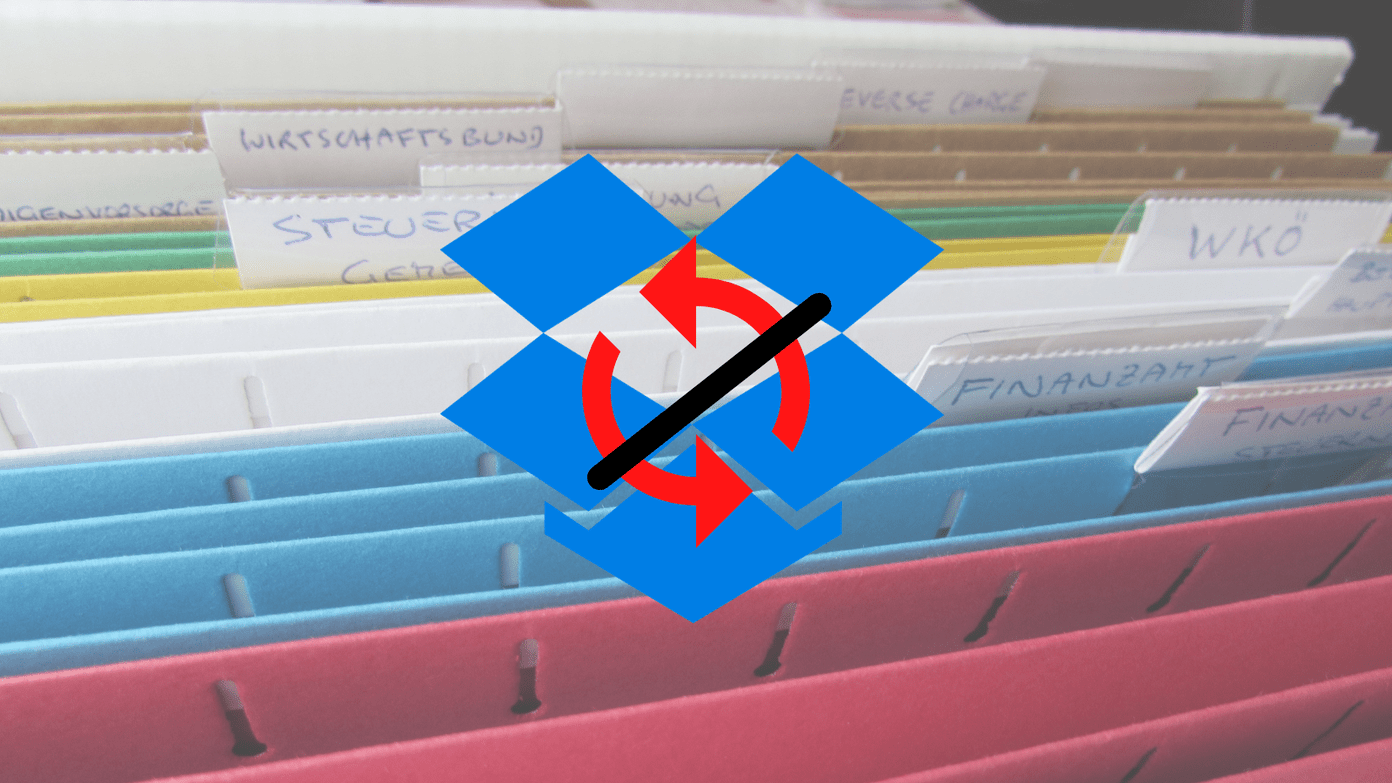This is what DLC, or Downloadable Content, is about. You can play the game, read about how it ends in the umpteen number of portals dedicated to gaming and still enjoy some more of it. Let’s take a deeper look.
The Need for DLC
We’ve already seen the impact of increasing user engagement in gaming and a recent study by the Helsinki Institute of Information Technology also proves the correlation between DLC and acquisition of a larger user base. This has freed the gaming industry from a product model to a services model. It’s great for the developers, who spend countless hours making those fantastic gameplay scenarios, and the gaming community too. It keeps the interest alive when you know that you can download more content, which might unlock a new mission, a new character, or additional weapons. All this might seem silly, but when you realize that EA Sports made a cool revenue of $925 million in the last year alone, things get more serious.
Microtransactions are Real too
Endgame accessories and related content that a gamer may buy is usually pretty much and doesn’t really add much value to the overall gaming experience. But they do give a virtual value (of sorts) to the buyer, to be lovingly called as ‘microtransactions’ by the gaming community. Pure gamers may baulk at the mere mention of that word, but if you can circumvent an obstacle that may take hours of gameplay time just by paying a few bucks, wouldn’t you be tempted? Ah, yes, just like Candy Crush Saga. This is (possibly) why casual gamers have enjoyed the gaming resurgence of recent years. This model also enables the publishers and/or developers to make their game free of cost. The way they can earn profits is solely through the sale of exclusive merch that helps a player boost his performance and/or unlock new missions.
But, Why Pay for More?
Detractors, there are plenty, have a lot to say about the current trend of DLC and microtransactions. The biggest complaint is why one should pay more when it should already have been a part of the game, for which they’ve already paid. Others thinking that paying moolah to get ahead is another form of cheating. The questions do merit debate, but can you have a serious one when the makers of Candy Crush are raking in millions of dollars every year? So, what’s the answer? Be wise about where you’re spending your money. If you feel you’re getting a good value out of whatever is being asked of you, then there shouldn’t be a problem. But, if you feel that the add-ons are only added to make more moolah for some bully with countless pools of coins, then don’t. It’s that simple.
Red Pill or Blue Pill?
We’d like to know if you vote Democrats (capitalisation is good) or Republicans (we like the old way!). Join us in our forum for a good old Presenditial Debate. The above article may contain affiliate links which help support Guiding Tech. However, it does not affect our editorial integrity. The content remains unbiased and authentic.













